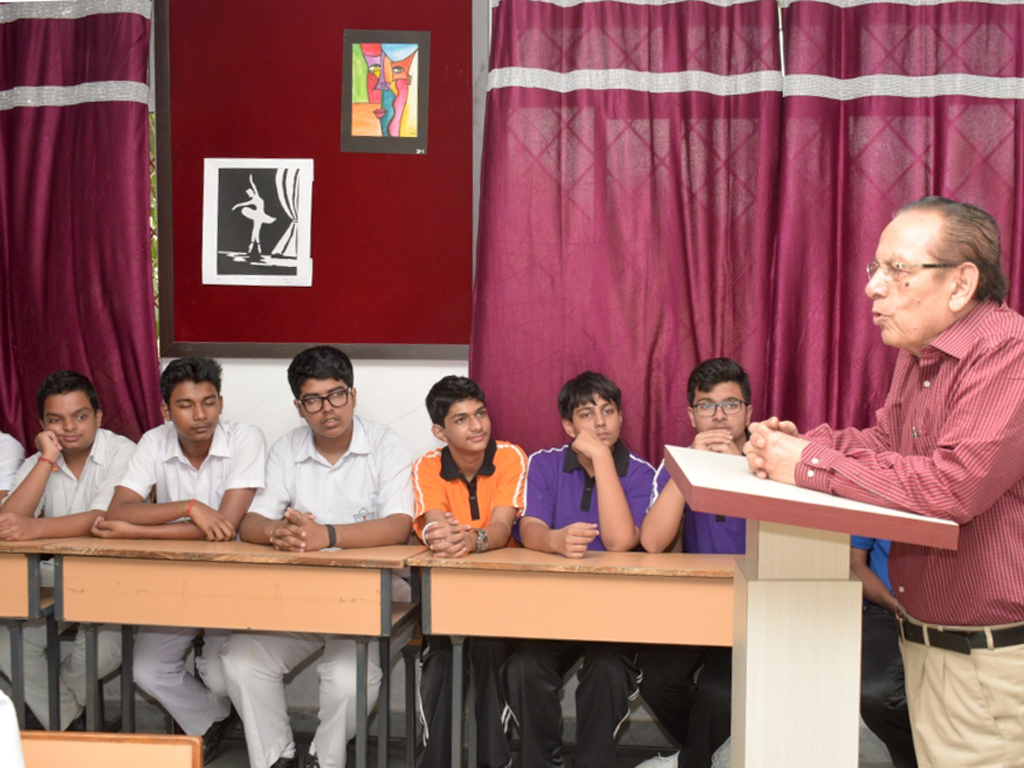 March 28, 2015 :: India successfully launches IRNSS-1D from Satish Dhawan Space Centre, Sriharikota
March 28, 2015 :: India successfully launches IRNSS-1D from Satish Dhawan Space Centre, Sriharikota
Polar Satellite Launch Vehicle (PSLV-C27) lifted off from Satish Dhawan Space Centre, Sriharikota at 5.19pm and placed IRNSS (Indian Regional Navigation Satellite System)-1D weighing 1,425kg in a sub-geostationary orbit after a 20minutes flight.
With the launch of IRNSS 1 D, four active satellites will be transmitting navigation signals. This meets the minimum number of satellites required for the system to be fully functional enabling a navigation receiver to compute position.
IRNSS-1D
IRNSS-1D is the Fourth out of seven in the Indian Regional Navigational Satellite System (IRNSS) series of satellites after IRNSS-1A, IRNSS-1B and IRNSS-1C. The satellite is one among the seven of the IRNSS constellation of satellites slated to be launched to provide navigational services to the region. The satellite will be placed in geosynchronous orbit. It was launched successfully on 28 March 2015 onboard ISRO’s workhorse launch platform PSLV-C27 to be placed in a geosynchronous orbit from Satish Dhawan Space Center, Sriharikota.
The satellite will help in augmenting the satellite based navigation system of India which is currently under development. The navigational system so developed will be a regional one targeted towards South Asia. The satellite will provide navigation, tracking and mapping services.
IRNSS-1D satellite will have two payloads: a navigation payload and CDMA ranging payload in addition with a laser retro-reflector. The payload generates navigation signals at L5 and S-band. The design of the payload makes the IRNSS system inter-operable and compatible with Global Positioning System (GPS) and Galileo. The satellite is powered by two solar arrays, which generate power up to 1,660 watts, and has a life-time of ten years.
Mission type Navigation
Operator ISRO
Mission duration 10 years
Spacecraft properties
Bus I-1K
Manufacturer ISRO Satellite Centre
Space Applications Centre
Launch mass 1,425 kilograms (3,142 lb)
Power 1,660 watts
Start of mission
Launch date 28 March 2015
Rocket PSLV-C27
Launch site Satish Dhawan Space Centre
Contractor ISRO
Orbital parameters
Reference system Geocentric
Regime Geosynchronous




